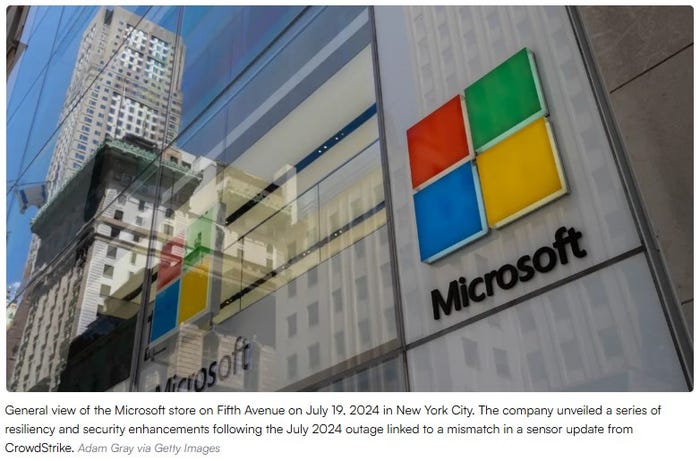Verizon Response will continue leveraging drones during response efforts

AUSTIN—Verizon Response teams will continue to provide drone services while supporting public safety, despite the fact that Verizon recently shut down Skyward—the drone company that Verizon purchased in 2017—an official for the carrier said this week at the Big 5G Event.
Sankaran “Ram” Ramanathan, Verizon’s executive director of network field operations and assurance, said public-safety agencies seeking communications support from Verizon Response during emergencies or large planned events can still have drone support, even though the Skyward business unit was shuttered less than a month ago.
“They [first-responder agencies getting support from Verizon Response] should still see what they see today,” Ramanathan said during a session at the Big 5G Event conducted this week in Austin. “I’m sure we will have some clarifications—if there are things changing in the process, contacts or that kind of stuff—but otherwise, from an emergency-response perspective, we’re always there, and we constantly have discussions with them to provide them with more than what they ask for.
“Drones will be play a role in our portfolio. How we operate and how we partner might slightly change, based on the partnership and everything.”
Ramanathan did not name any potential partners in the emergency-response space but said Verizon is interested in ”partnering with any company and every company that provides us with an edge over everyone else,” as well as entities that can enhance the company’s reach to public safety.
Drones can provide a variety of beneficial capabilities during a response, from delivering broadband connectivity via tethered drones to providing situational awareness via video or thermal imaging captured by drones—a capability leveraged in wildfire response efforts last year—Ramanathan said.
Verizon Response Team members also continue to evaluate other technologies that can improve situational awareness during an emergency or large event, according to Ramanathan.
“Biometrics is another space … that is going to be huge, I think,” he said. “Those are opportunities that we’re seriously looking into.”
Another goal of Verizon Response is to develop tools and platforms that let first-responder agencies access relevant information about the network—for instance, where cell sites are down—on their own, instead of having to take time to call Verizon or having Verizon push information to them at a time that may be inconvenient, Ramanathan said. This “self-serve” capability is one that continually being refined, based on input from public safety and experiences from events, he said.
“What we try to achieve is that the first responders do not have to reach us to solve a problem—meaning that we know what’s happening, they know what they need to do, and the communications is almost seamless between us and them,” Ramanathan said.





